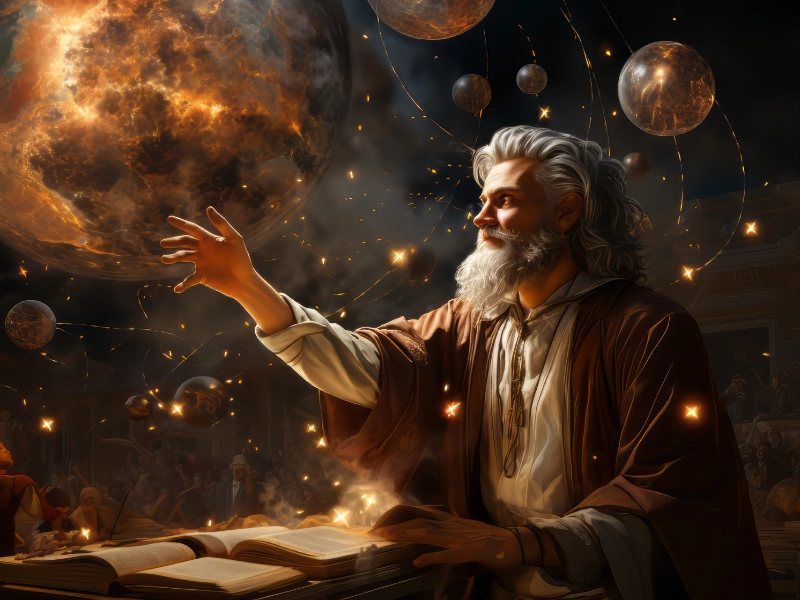- Leonardo AI is a free image creation tool that uses generative AI to create images on demand. Users can input text and image prompts to generate multiple images simultaneously.
- Leonardo AI is a better fit for users who are new to text-to-image large language models and want to try out an image generation solution that’s easy to use.
Leonardo AI is an AI image generator that facilitates the effortless creation of diverse styles of images. It leverages the open-source Stable Diffusion technology, known for its array of pre-trained drawing models capable of producing artworks in styles ranging from business cards and posters to cards and flyers. Rich in features and regularly updated, the generated images are suitable for commercial purposes. Additionally, Leonardo AI offers a mobile application for users to access conveniently at any time.
Also read: Is Gemini AI open source? Here’s what you need to know
Also read: Gemini AI: The breakthrough release you need to know about
What are the capabilities of Leonardo AI?
Leonardo AI’s image creation capabilities open the door to many different use cases, showcasing some of the high-level applications for AI-generated content produced by the platform.
These are as follows:
- Produce digital artwork for recreation or profit.
- Create images on demand for content, including articles, blog posts, Q&As, webinars, and emails.
- Generate video game assets, including character designs, props, buildings, background environments, tiles, concept art, and more.
- Streamline product design for 3D physical objects such as devices, clothing, and furniture.
- Develop visual assets for marketing campaigns to use in online ads, website banners, landing pages, and social media
- Help human graphic designers accelerate their workflows and produce artwork faster.
How good are the images, and how well do they match prompts?
Da Vinci probably would’ve scoffed at the idea of AI-generated art, but lot of people pretty happy with the images Leonardo produced. The clarity of Leonardo’s images stood out compared to those from other generators. Its details were finely rendered, most hands had a normal number of fingers. Occasionally the size of certain elements would feel disproportionate, but it would just give the image more of a whimsical vibe rather than be totally unusable.
Leonardo is more likely to match an overall vibe for a prompt rather than adhere to a list of individual elements. Meaning, if someone wants a cinematic scene of a dragon flying over a castle, they’ll be pleased with the results.
Differences between Midjourney and Leonardo AI
One of Leonardo AI’s biggest competitors in the market is Midjourney. Midjourney is a text-to-image solution available via Discord, which uses generative AI to create images out of a written prompt.
The main difference between the two is that Leonardo.ai offers a permanent free plan, whereas Midjourney doesn’t. However, Midjourney generally offers the ability to create higher-quality output images than Leonardo AI’s. This comes at the cost of being more difficult to use.
In this sense, Leonardo.ai is a better fit for users who are new to text-to-image large language models (LLMs) and want to try out an image generation solution that’s easy to use. Midjourney is better for more experienced users who want to create high-quality AI-generated images.

